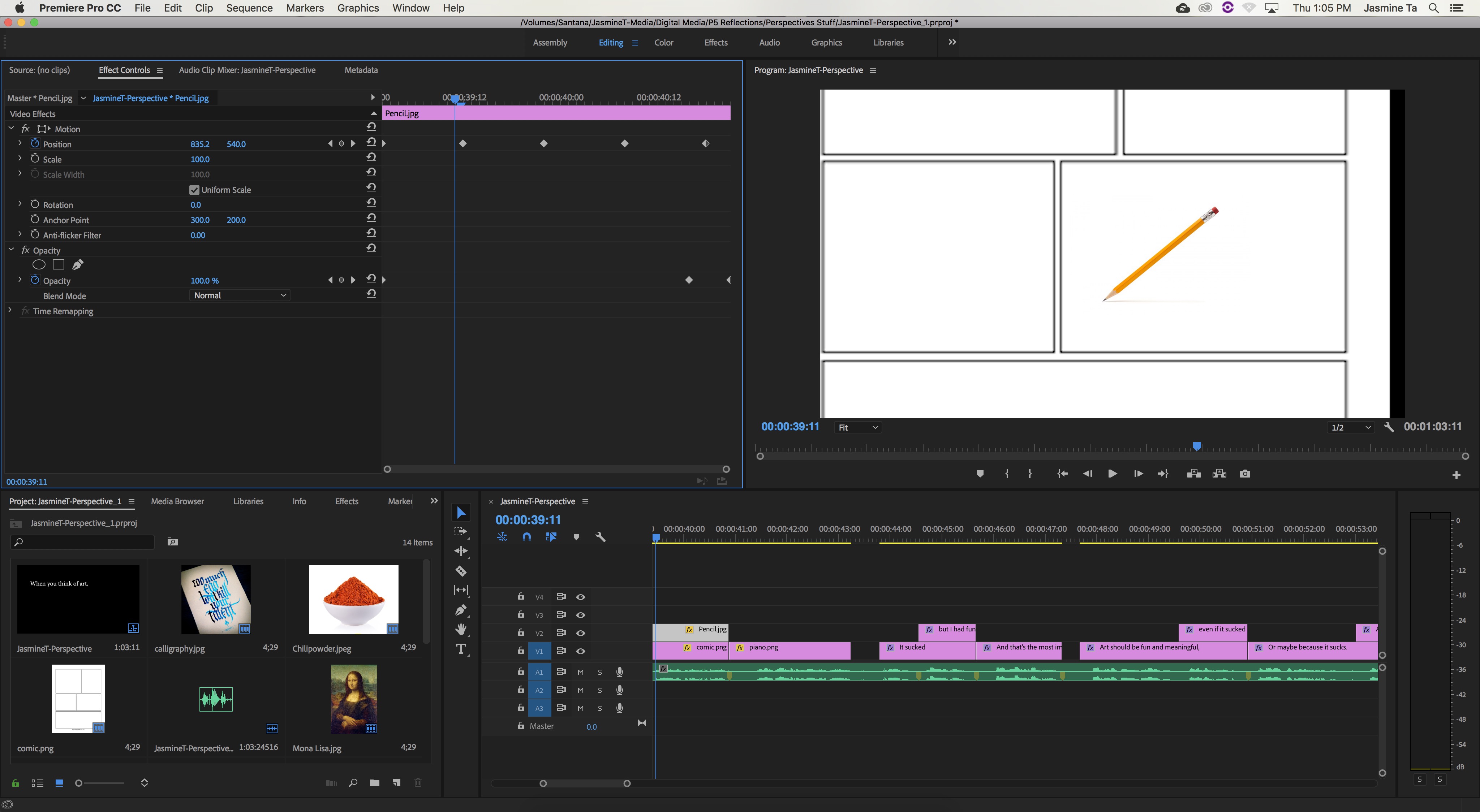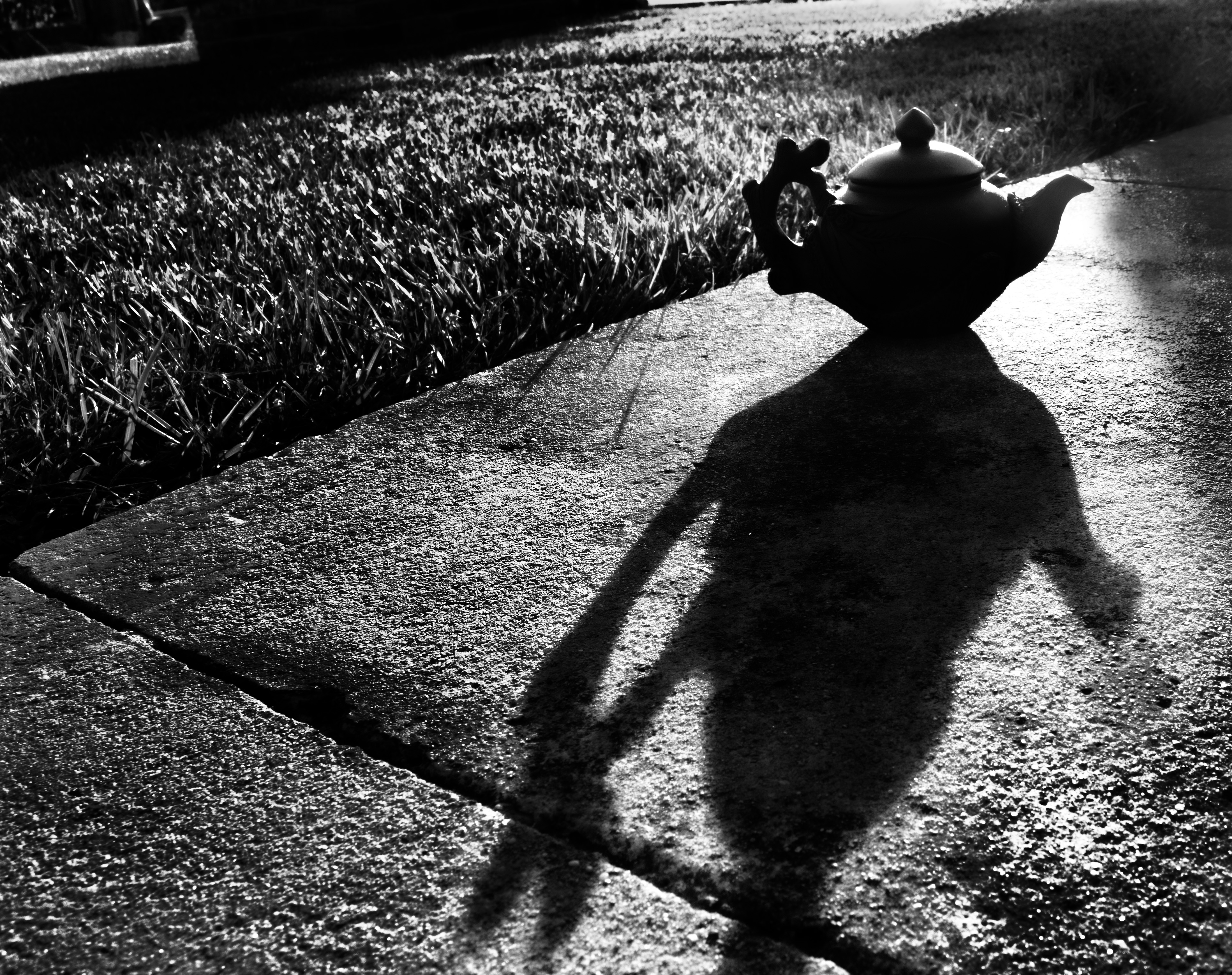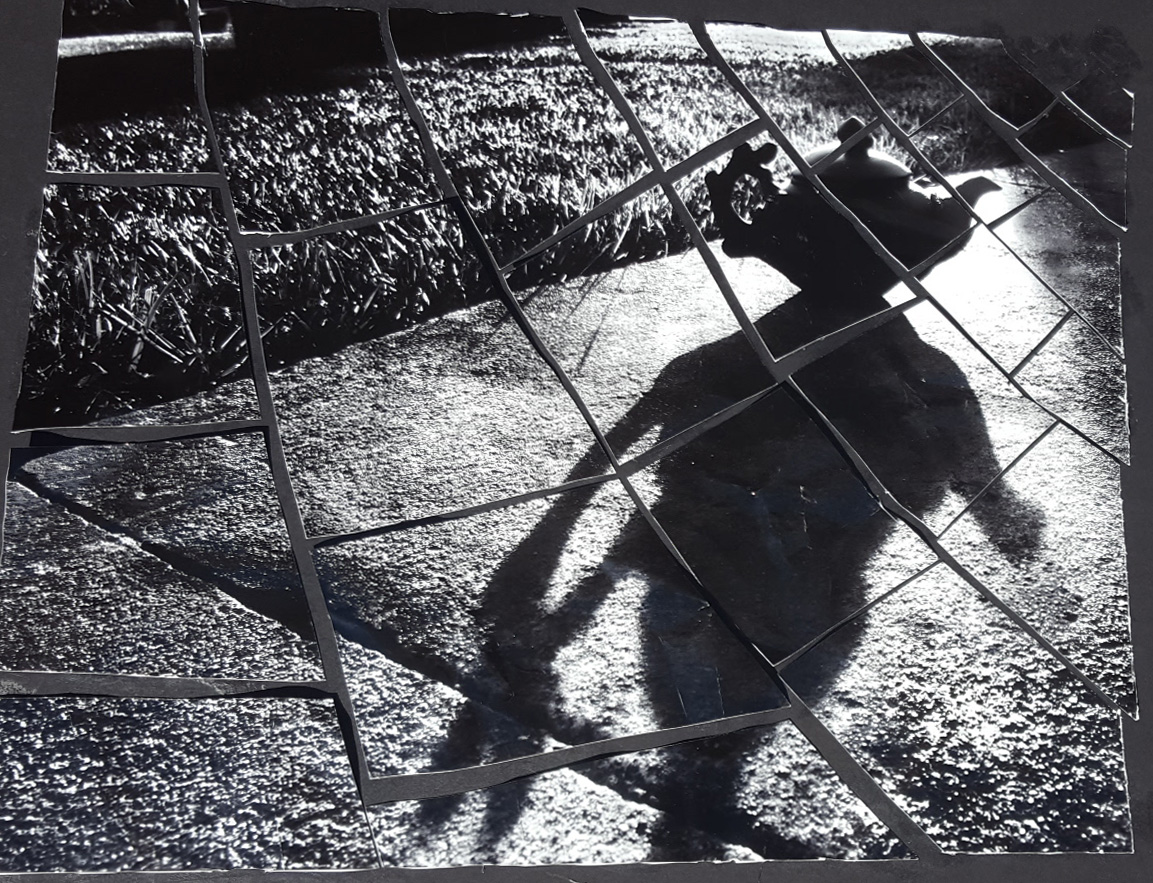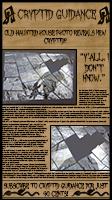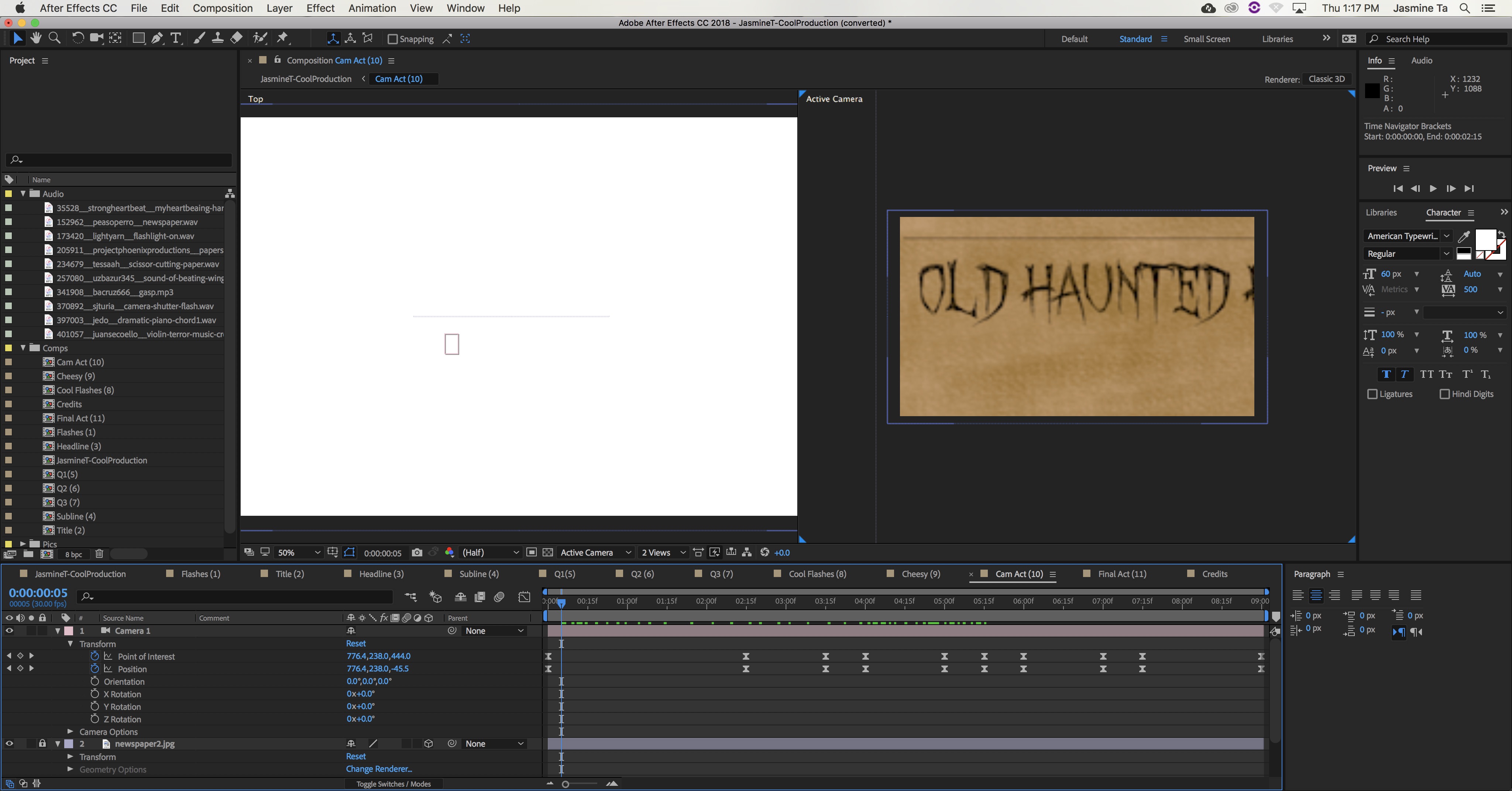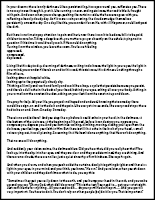
Click the thumbnail to read my Lyrical essay!
English moved onto the centerpiece of the Reflections project, or, well, half the centerpiece. The Personal Essay focused on the students’ identity through their struggles and hard-won values. The Lyrical Essay focused instead on others’ identities, struggles, and values, which most of the time were at odds with the students’ identities. Thinking on it, I half-wonder if this learning process was also meant to force students to see different perspectives, which would expand their horizons and understandings of others. ‘Reflections’ after all can have multiple meanings, depending on what that person reflects on.
For my Lyrical Essay, I decided to have a redo on a previous project: the free-form poem. This poem required you to pull a ‘feeling’ and a ‘subject’ from a hat, and plug them into this conceptual statement: I am exploring the feeling of ____ through the experience of ____. For me, it was “I am exploring the feeling of admiration through the experience of religion.”
A year ago, I didn’t understand religion, and I certainly didn’t like it. I avoided it and I avoided this poem. Of all the poems I’ve written, this is probably one of the shortest and most vague. Even now, I get chills up my spine thinking about how I felt.
A year later though, my feelings have changed. I’m still not religious, but I was curious how someone could use religion as their comfort, their coping method. So I interviewed someone who did just that. As a note, the requirement of the Lyrical Essay is that all interviewees are anonymous.
From this interview, I took the different stories I heard and transformed them into the poetic Lyrical Essay, filled with imagery of darkness, cloudy skies, never-ending journeys, and light. Click on the thumbnail to read it if you like.
In the end, I still don’t feel comfortable clinging to religion, but I understand why so many people rely on religion to endure their struggles. When life is an endless slog of never-ending roads and the future looks dim, religion helps you to keep enduring and holding out, it keeps you kind, forgiving, and trusting, even if you feel like you don’t have anything else to give.
The Diptych was inspired by the Lyrical Essay. Picking a quote from the Lyrical Essay, students would think of scenarios portraying the quote, such as a scene of one person looking up at the sky in a crowd of blurry passing people for a quote about self-awareness. Then students would take their scenarios and search for them in the streets, secretly taking photos of people, buildings, animals, and objects to find that perfect photograph. Street photography was a major focus for this project, finding those candid moments in everyday life of someone’s reaction or action. Street photography though can be terrifying to do (not too many people like being photographed), so it was a harder project for others (like me) to take care of. In the end, settling is the best thing to do. Below is the Diptych!
Here's the diptych

